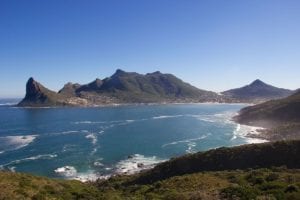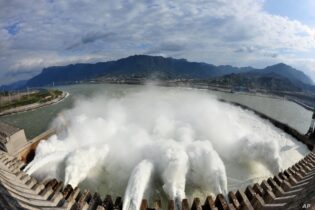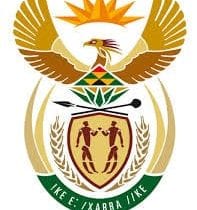The Department of Water and Sanitation (DWS) in the Western Cape urges all water users in the Western Cape to use water sparingly.
The call coincides with the end of the hydrological cycle for the majority of Western Cape Province Catchments. National Spokesperson, Sputnik Ratau, says that most of the Western Cape Province experience winter rainfalls and that the water is stored and used in spring and summer. “Western Cape Catchments experienced significant rainfall in the year 2021. However, the Gouritz River Catchment which covers the Karoo experienced multi-year drought seasons which resulted in lower levels of water for this region”, says Ratau. The more than 3 years of decreasing water levels in this catchment has impacted on agri-economy through decreased irrigation water, in particular in the Little Karoo. While Western Cape is characterized by wet winters, this is unpredictable as Climate Change is leading to increased temperatures and rainfall variability.Given this a call is made to all water users, in particular, the high-end water users to reduce the demand for water Meanwhile, the hydrological report of today, 04 October, indicates stable dam storage across the Western Cape.
The Olifants Doorn Catchment on the West Coast is as steady as last week at 99,06%. Haarlem Dam is the only dam that has seen an increase of more than 5% this week. Theewaterskloof, the largest dam in the Western Cape, is hovering above 95% of capacity, a fairly good yield, as compared to 3 years ago. Ratau further states that as the Western Cape Hydrological cycle is rapidly coming to an end, there are a few things water users can do in order to maintain water security until the next rainy season. They are listed below as: · Reducing the demand for water use · Use of alternate water sources, including recycling, groundwater, etc · Repairing leaks in the household and the environment






